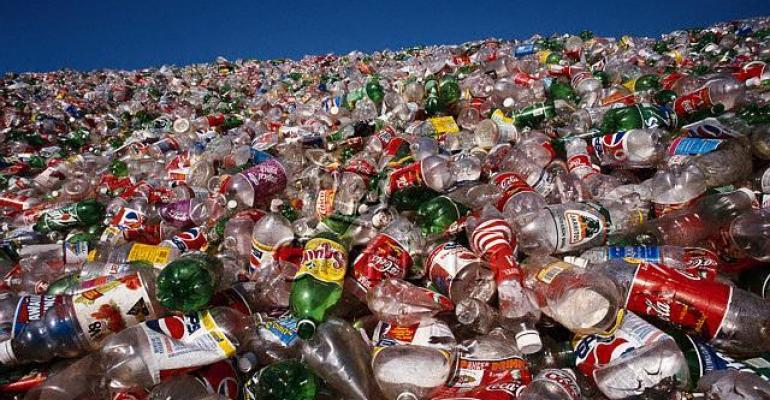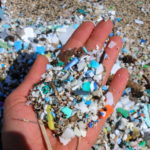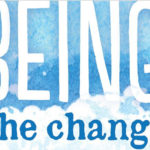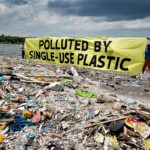
Support EcoJustice Radio with a Tax-Deductible Donation
Subscribe to EcoJustice Radio: Apple Podcasts | SoundCloud | Google | Spotify | Stitcher | Links
The Changing Face of Bottle Recycling Programs
Bottle Bills exist throughout the US, where people can collect their plastic, glass, and aluminum beverage containers and redeem them for cash. This is called cash redemption value, or CRV. Not every program is the same, but stats show bottle drop-offs for cash are a cost-effective way to successfully increase recycling and improve pollution reduction programs.
Since California implemented it’s Bottle Bill in 1987, more than 362 billion beverage containers have been recycled, including more than 10 million tons of aluminum, glass, and plastic containers. California’s redemption program however, has sustained ongoing criticism over its effectiveness and was strained further by the closure of 284 redemption centers by rePlanet in 2019. Some advocates have called on both CalRecycle and state legislators to take action to prevent the entire system from collapsing.
The number of available recycling centers in California has declined by an estimated 53% between 2013 and 2019, according to one 2020 report from the Changing Markets Foundation and National Stewardship Action Council (NSAC). The report said this has contributed to a declining state redemption rate landing at 66% for 2018 – a figure which does not include 12% of containers collected through curbside and drop-off programs – and argues this is lower than some other states with bottle bills. CalRecycle reports its overall container recycling rate, a statutorily defined term that is calculated differently, was 76% in 2018 and 75% in 2019.
STORY: THE BOTTLE SCAM: Land, Water, and Indigenous Rights

Container Recycling Institute: http://www.container-recycling.org/
Hosted by Jessica Aldridge, Adventures in Waste
Engineer: Blake Lampkin
Executive Producer: Jack Eidt
Show Created by Mark and JP Morris
Music: Javier Kadry
Episode 41
Image from Waste 360
Updated 30 January 2021













Pingback: Waste Colonization and Plastic Pollution | WilderUtopia.com
Pingback: THE BOTTLE SCAM: Land, Water, and Indigenous Rights – Plastic Plague Pt. 5
Pingback: Waste Colonization, Plastic Pollution and the Pacific Gyre